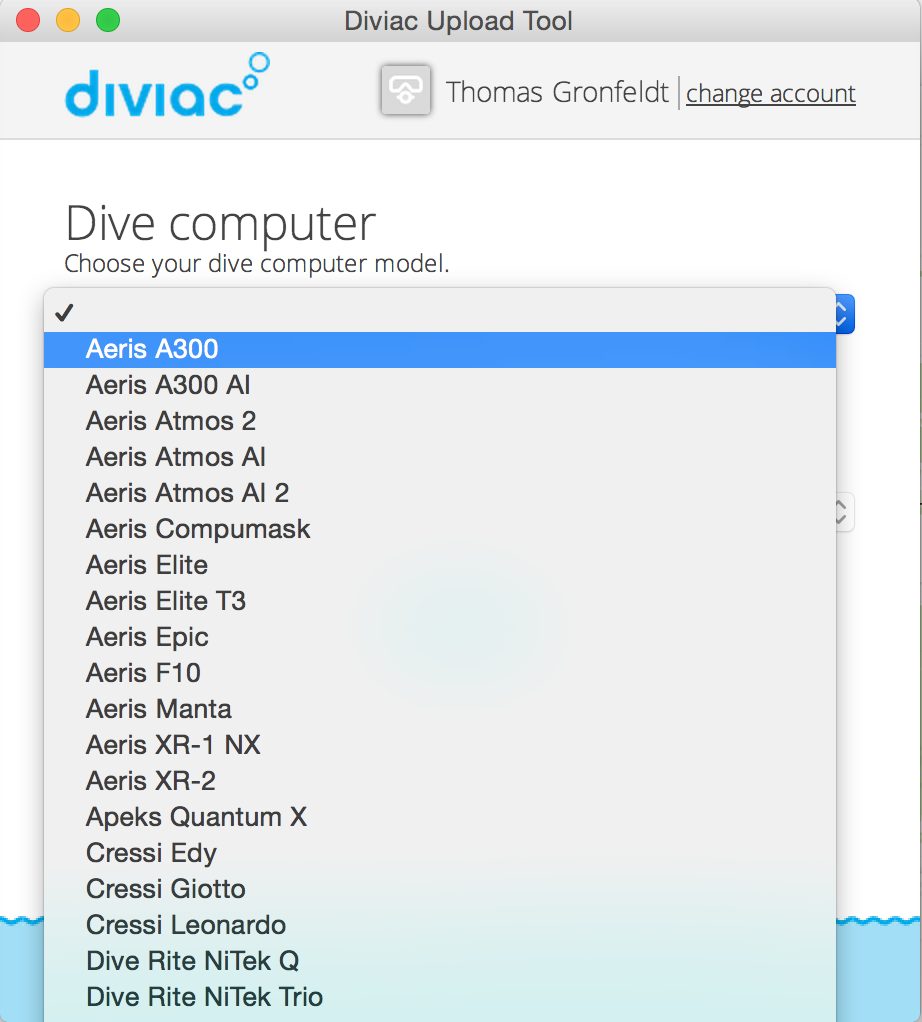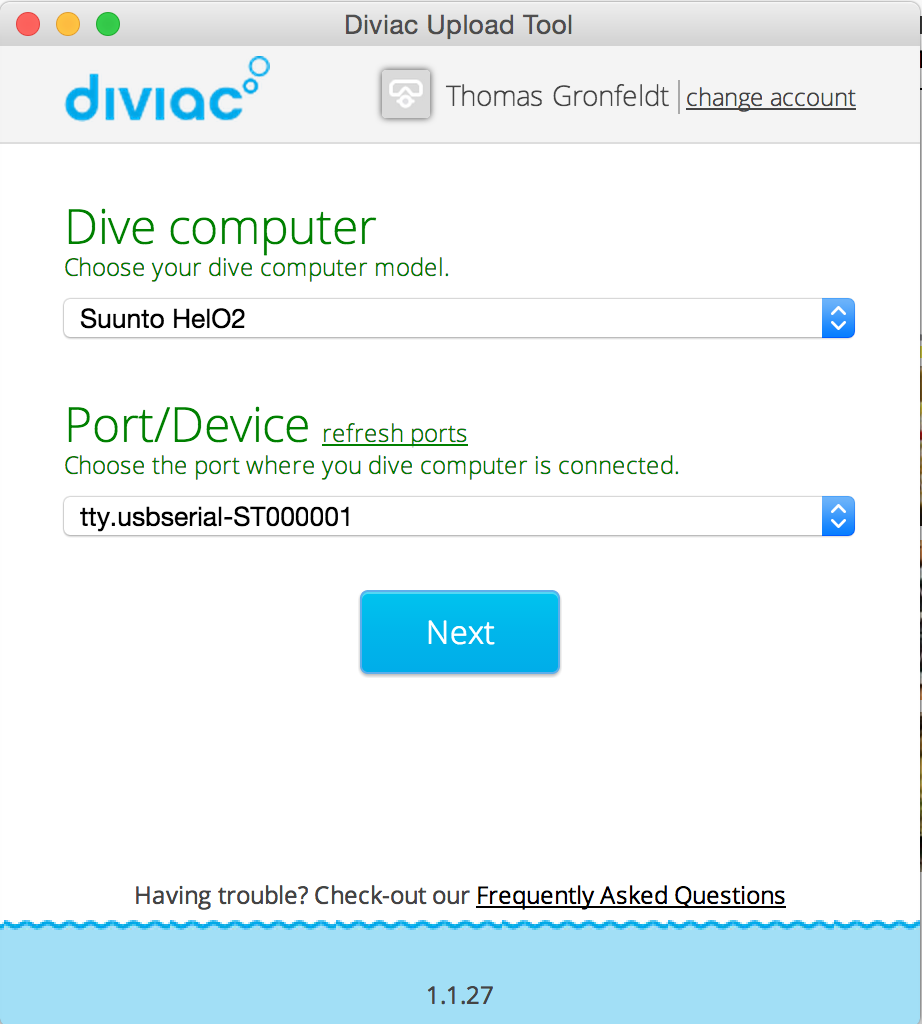There was a time when all dives were logged on paper. After each and every dive, you’d see divers huddled around, bent over their logbooks, scribbling down dive time, depth, sightings and more. When depth gauges and dive watches were the only tools of the trade, recording your dive data right after a dive was critical, as trying to remember details of a dive even hours later could be tricky. Plus, it gave us something to do on surface intervals.
With the invention of the modern dive computer, that changed. Not only did it combine a bottom timer and depth gauge, it also gave us updated time at depth, recording our dive data so we could access it later. However, as most dive computers lack the memory to store all your dives for eternity (and as you may lose or replace your dive computer), moving the data to some other format is still necessary. Dive logs have thus held on as repositories of this information.
The Diviac Digital Dive Log
But with the advent of smartphones and tablets, a new dive-logging option has been introduced. Moving the dive log onto a digital platform is an obvious opportunity, and many versions have been launched. One of the more recent is the Swiss app Diviac, which is more than a smartphone dive log — it’s a suite of apps for mobile devices, laptops and on the web.
The Diviac Ecosystem
The product consists of four elements: a smartphone app (available for iOS and Android), a tablet app (also for iOS and Android), a web-based app, and a laptop or desktop app that allows Diviac to interact with your dive computer and upload data directly from it to the app. All versions sync across platforms, so a dive logged in the web browser is available on the mobile app, and vice versa. Uploading data from your dive computer works only on a desktop or laptop computer, but the data is almost immediately available across all the platforms.
Free vs. premium
The app is free across all platforms, and the majority of functions are actually available with the free plan. The main difference between the free and the premium versions is the dive-computer integration. According to Diviac, roughly 90 percent of their users use the free plan.
First impressions
The first thing that struck me when I signed up was how vast the entire system is. There are options for logging dives, saving dive sites, uploading photos, a marine-life database (with user input) and more. The interface is elegant and minimalistic, which is a good thing considering how many options there are. But this is not a “create an account and start logging” kind of app, and I found myself using the FAQ quite a bit. That is not a critique, simply a function of the many options in the service.
Importing dives from your dive computer
To import dives from your dive computer (provided it supports this function, as not all dive computers do), you must download a few drivers, mainly the Diviac DDCC program, which is the interface for your desktop or laptop to communicate with the Diviac suite. Depending on your dive computer, you may also need to download drivers and other software from your manufacturer’s website. Links to all of these can be found on Diviac’s website. Diviac supports dozens of computers from most the main manufacturers, so it is very likely that yours is supported.
Once everything is installed, you simply hook up your dive computer using the USB cable that came with it, and then select the make and model from the dropdown menu. Then you must select the port it’s using from a secondary dropdown menu. I’m not entirely sure what or why this is, but it worked without a hitch for me, and that’s really all I care about. After that, the system asks if you want to upload the latest dive or your entire dive history to the system. Check an option, and you’re ready to roll.
Once the dives are uploaded, you’ll need to go to the browser version or one of the apps to add additional data that your dive computer doesn’t store, typically name of the dive site, weather, equipment info, etc. We’ll go more into the browser version in the next portion of the review.



